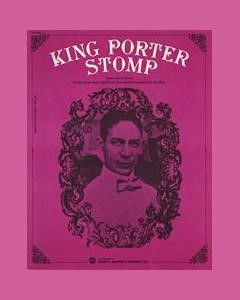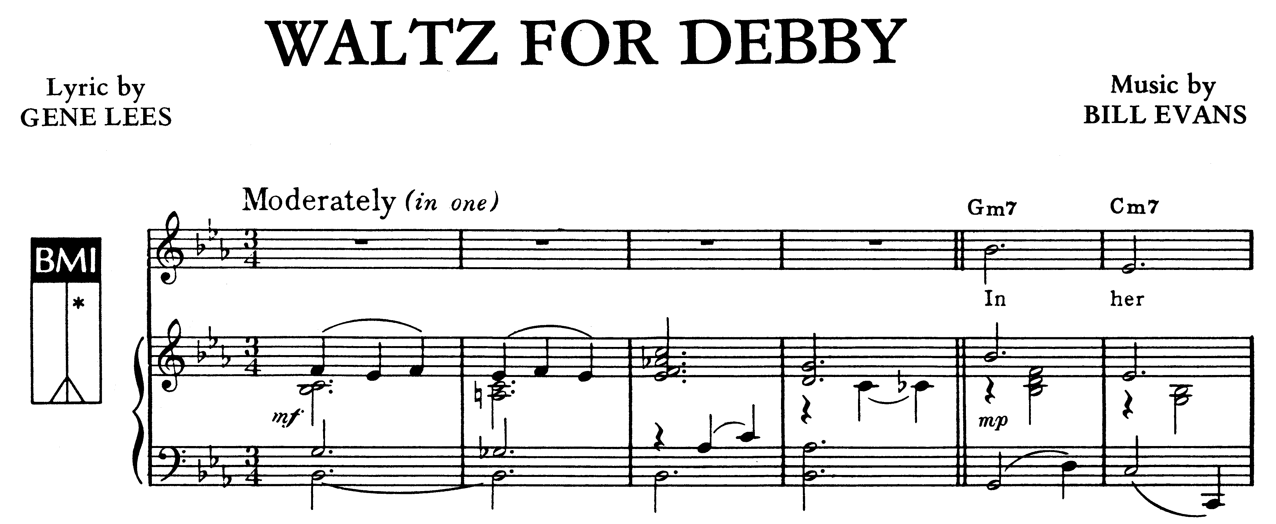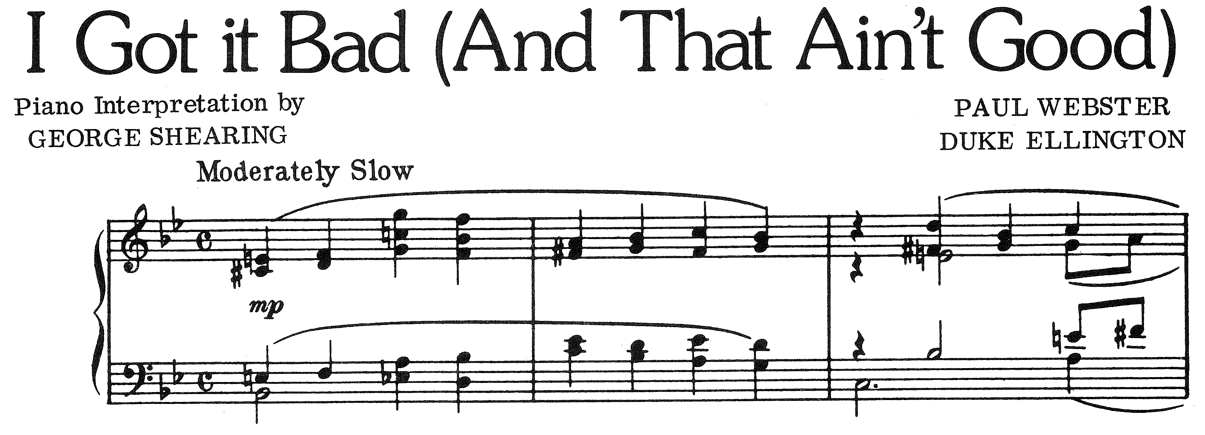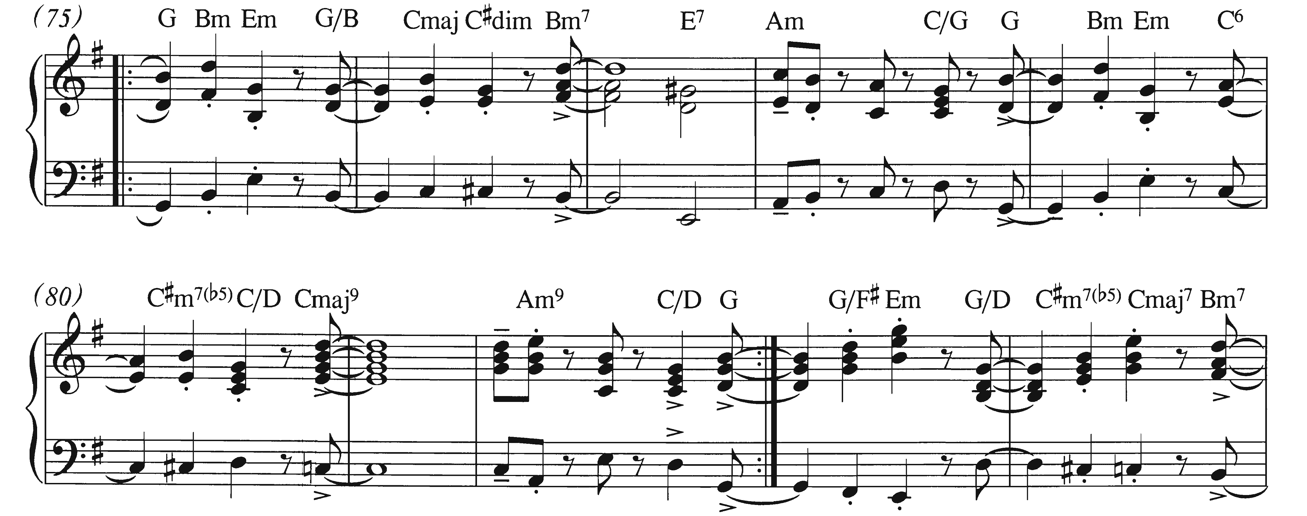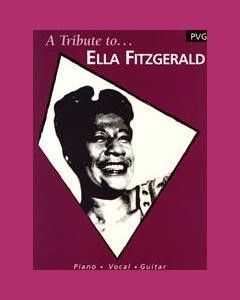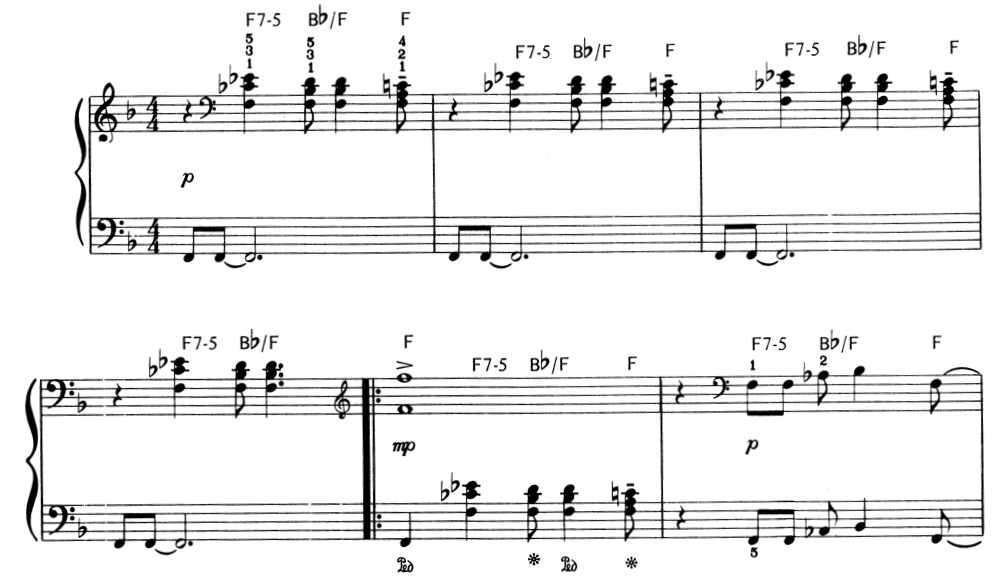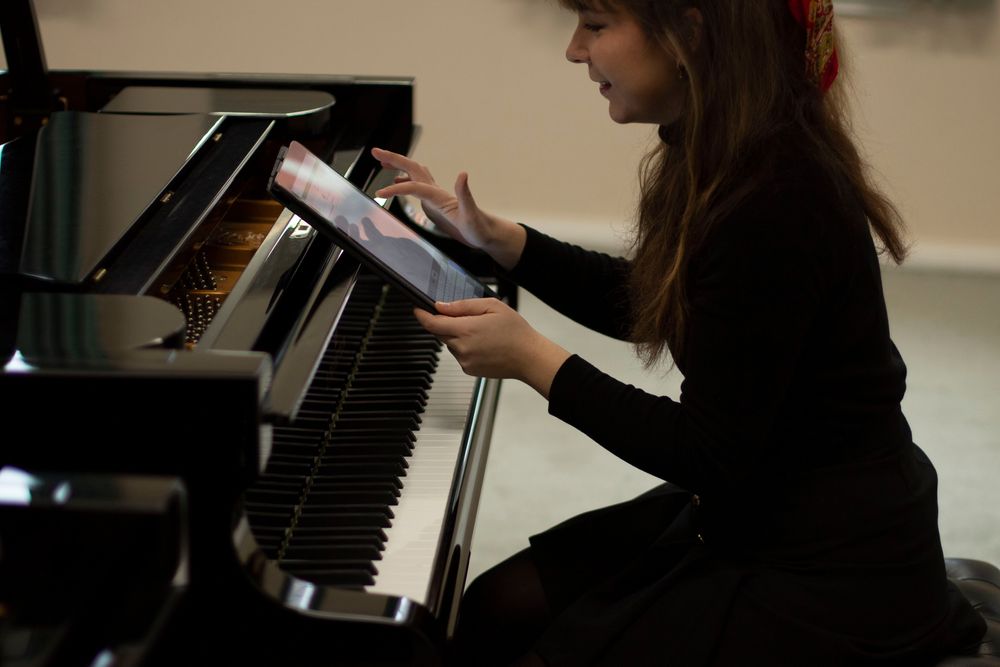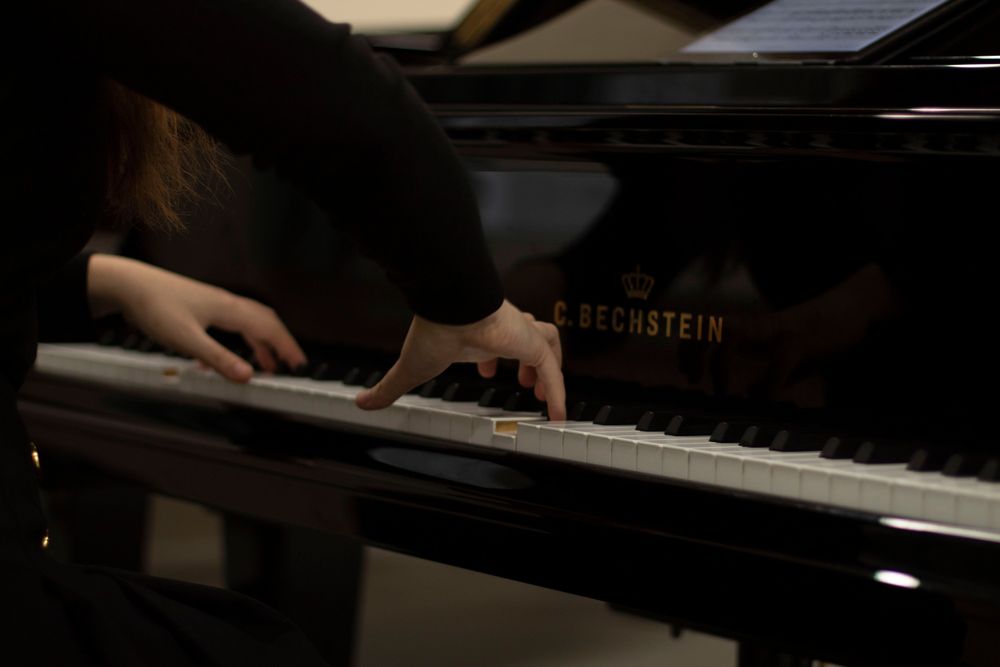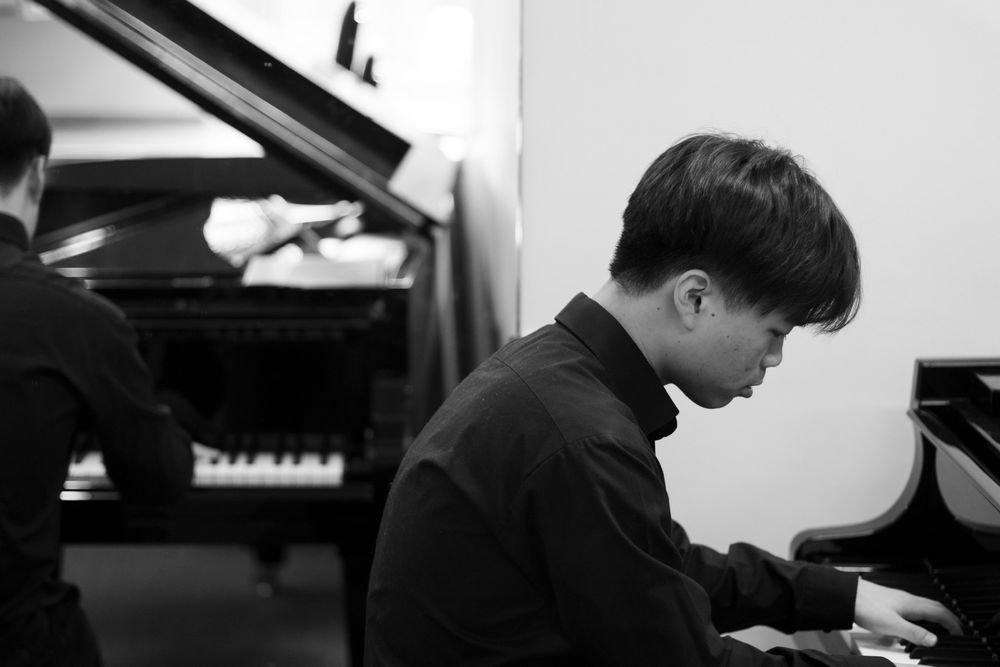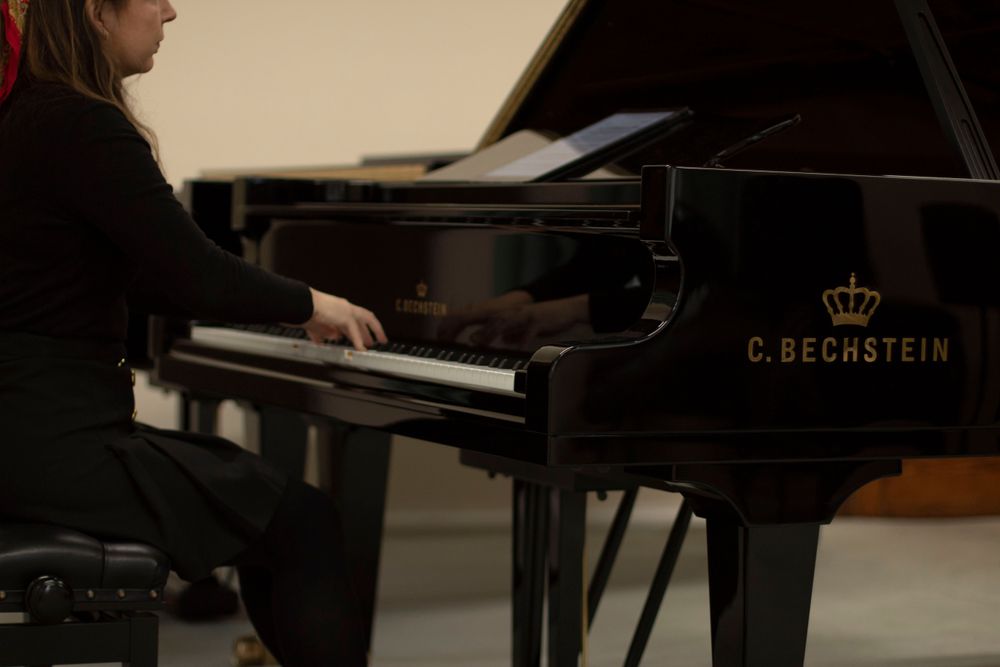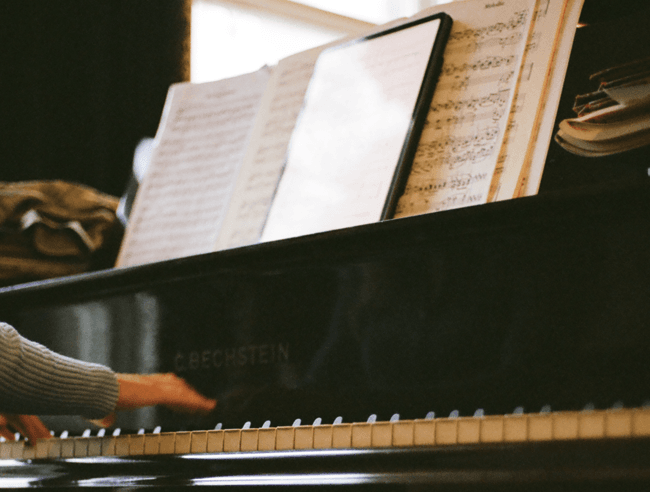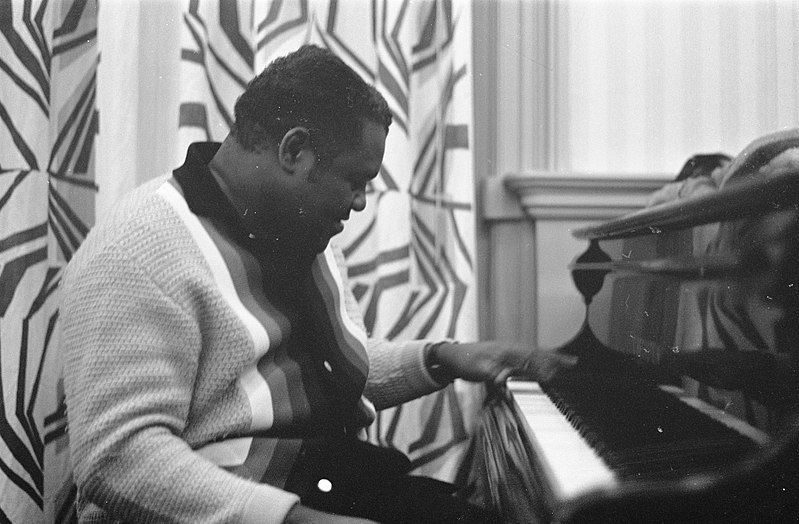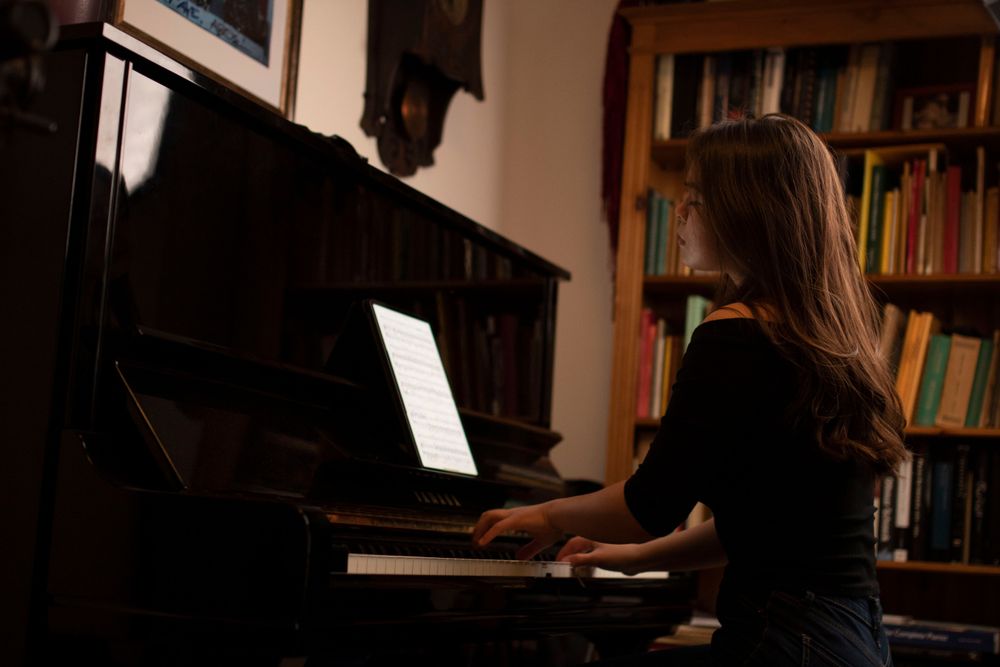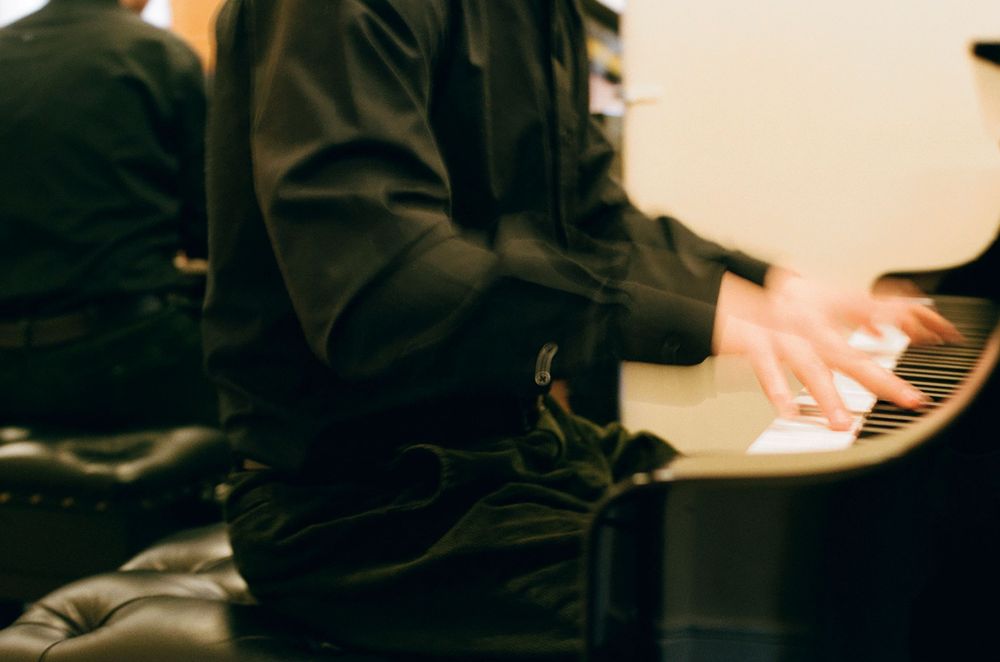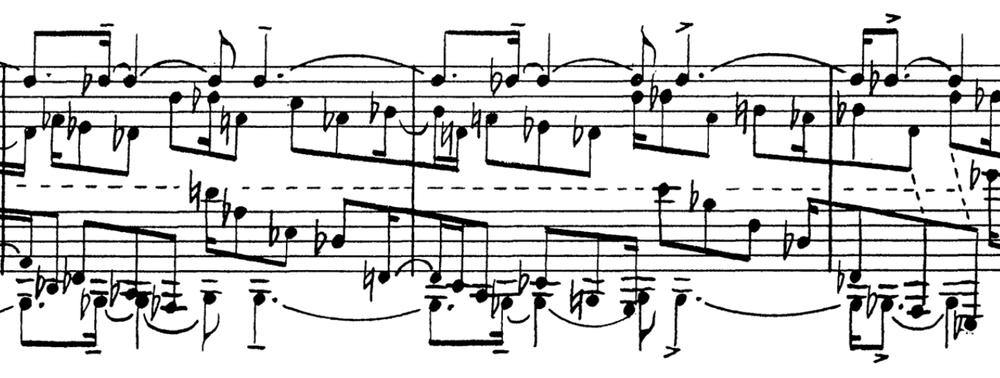The piano is about as close as it’s possible to get to the heart of jazz. It’s been a constant, throughout the genre’s lifespan.
From Jelly Roll Morton to Keith Jarrett, the Miles Davis quintet to the Oscar Peterson trio, Duke Ellington’s big band to Bill Evans solo, jazz’s unmistakable strains have been written and sounded from the keys of a piano.
Even though the genre is notable for its emphasis on spontaneity in performance, there’s still a lot of jazz sheet music available, most of it transcribed from recordings. Frequently cutting out virtuosic solos and improvised material, many arrangements are simplified in comparison to the original performances.
As well as making works easier to play, this also gives players room to perform with spontaneity and add their own musical embellishments. This process is fundamental to jazz practice.
Below you’ll find ten classics of the genre that should feature in every cat’s repertoire.
Best jazz songs to play on piano
- ’Round Midnight’ by Thelonious Monk
- ‘King Porter Stomp’ by Jelly Roll Morton
- ‘Waltz for Debby’ by Bill Evans
- ‘I Got It Bad and That Ain’t Good’ by Duke Ellington
- ‘God Bless the Child’ by Billie Holiday
- ‘Summit Ridge Drive’ by Artie Shaw
- ‘Birdland’ by Weather Report
- ‘Jumpin’ at the Woodside’ by Count Basie
- ‘A-Tisket, A-Tasket’ by Ella Fitzgerald
- ‘Watermelon Man’ by Herbie Hancock

